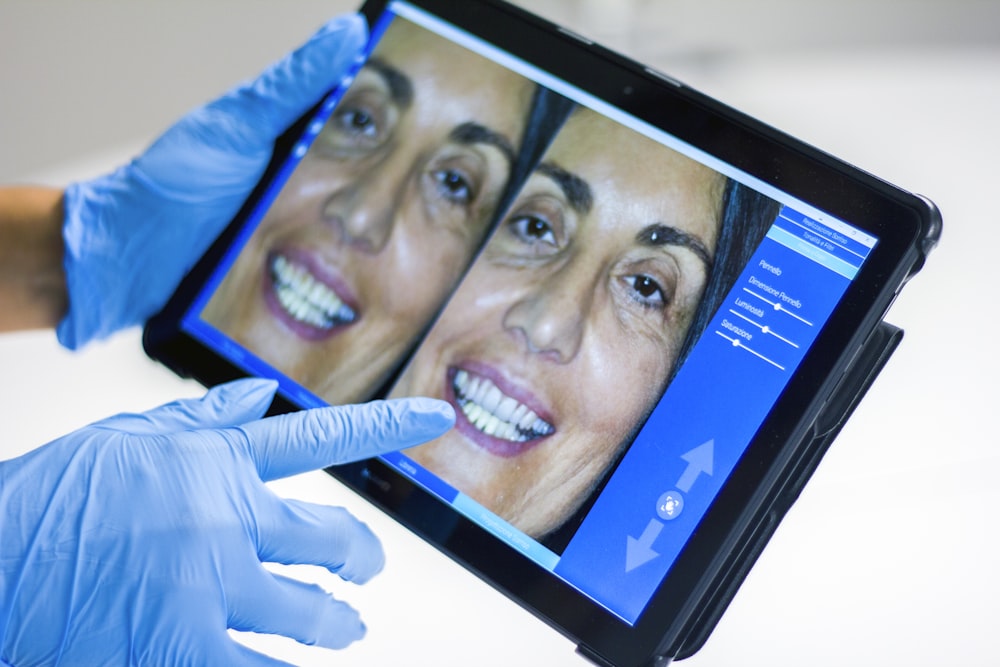Basic Information About Orthodontics And Malocclusion
Orthodontic is a branch of dentistry whose primary purpose is to correct malocclusions in patients. Orthodontic treatment is frequently associated with the enhancement of a smile’s appearance. This is partially true, but it’s important to remember that correcting malocclusion restores the jaw’s appropriate functions, such as biting, grinding food, and normal pronunciation
What Is The Purpose Of Orthodontic Treatment?
In cases with anomalies in the arrangement of teeth in the oral cavity, orthodontic treatment is used. Currently, orthodontic treatments are used to treat more than a dozen different forms of malocclusion. Both children and adults can benefit from orthodontic treatment.
Adult malocclusion can be totally treated, contrary to popular belief. The only reality is that straightening teeth in adults takes longer and is more difficult than straightening teeth in children.
Permanent Braces
Permanent braces are braces that are permanently affixed to the teeth’ surface. Braces are applied to the front or back of the teeth. Traditional appliances that are apparent at first look are those that are placed on the outside side of the teeth. As a result, many shapes and hues have emerged, allowing the patient to feel good when smiling or conversing in ordinary situations. The lingual or linguistic apparatus, on the other hand, are braces that are implanted on the interior of the teeth. From the outside, they are entirely undetectable.
Removable Appliances
Removable appliances are those that the patient can put on and take off on his or her own. The patient wears a detachable appliance based on the orthodontist’s recommendations. Typically, a gadget like this is worn for several hours each day. There are several dozen different types of detachable appliances available right now. They’ve been designed to fit a certain malocclusion. Invisalign is a new technique of treatment with removable braces that many orthodontists give to their patients.
Orthodontic Treatment’s First Stage
A medical consultation with an orthodontist is the initial step in the treatment of malocclusion. When a malocclusion interferes with daily functioning, the patient is often the one who decides to see a dentist. The first appointment to the orthodontist is frequently prompted by a dentist, pediatrician, or speech therapist’s recommendation. During an orthodontic consultation, the doctor learns about the patient and his medical history. The orthodontist takes a medical history to determine the etiology of the malocclusion as well as any dangerous habits that must be avoided before, during, and after treatment.
Orthodontic Treatment’s Second Stage
The treatment plan is a legally binding document that both the doctor and the patient must sign. The paper is signed by the patient’s parent or legal guardian if the patient is under the age of 18. Prior to beginning treatment, the orthodontist may recommend additional dental treatments to help the patient with their orthodontic treatment. Professional cleaning or treatment of the patient’s teeth may be required. In the instance of tooth crowding, one or more extra teeth will need to be removed.
Orthodontic Treatment’s Third Stage
The application of braces on the teeth is one of the most crucial stages of orthodontic therapy. The ring can be placed on the tooth once the crushed teeth have been separated. The ring on the molar allows the braces to be stabilized during orthodontic therapy. Only fixed appliances are subject to the separation procedure, and their effectiveness is determined by the orthodontist’s judgment. The initial tooth separation is normally a no-cost treatment. Cleaning the tooth surface is the first step in putting on an orthodontic appliance.
A place where your smile is considered to be an artistic expression. We assist you in doing so in a confident manner.



